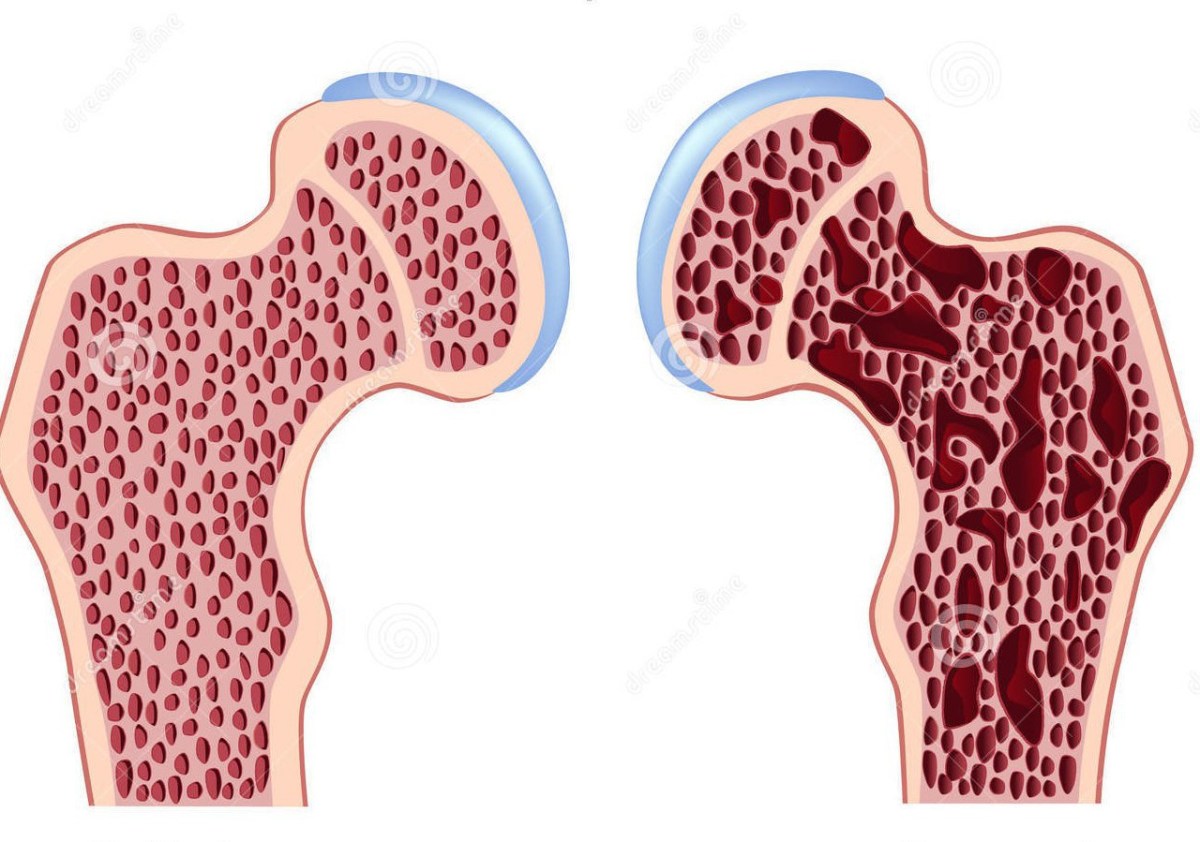University of Sydney researchers have taken a major step forward in the treatment of osteoporosis.
The potential benefits for the therapy that can be delivered in water-soluble form, follow four years of investigation. As well as the convenience of being dissolved in water, this innovative treatment option has been shown to simulate bone formation, unlike other osteoporosis medications that stop bone destruction.
The odourless compound, called picolinic acid, is derived from the essential amino acid tryptophan.
Lead researcher, Professor Gustavo Duque, said the compound was found to also offer a higher level of absorbtion and did not induce any side effects in animal testing.
His team from the Ageing Bone Research program at the Sydney Medical School’s Nepean campus have patented the compound and hope to start human trials in the near future.
Osteoporosis affects an estimated 300 million people worldwide with one in three women over 50 and one in five men experiencing osteoporotic fractures. The worldwide incidence of hip fracture is projected to increase by 310 per cent in men and 240 per cent in women by 2050.
According to Professor Duque, the reduction in bone formation that is part of the ageing process predisposes people to osteoporosis.
“In this case we are targeting the real problem by stimulating the bone forming cells to work and produce more bone, thus increasing bone mass and hopefully preventing new fractures.”

